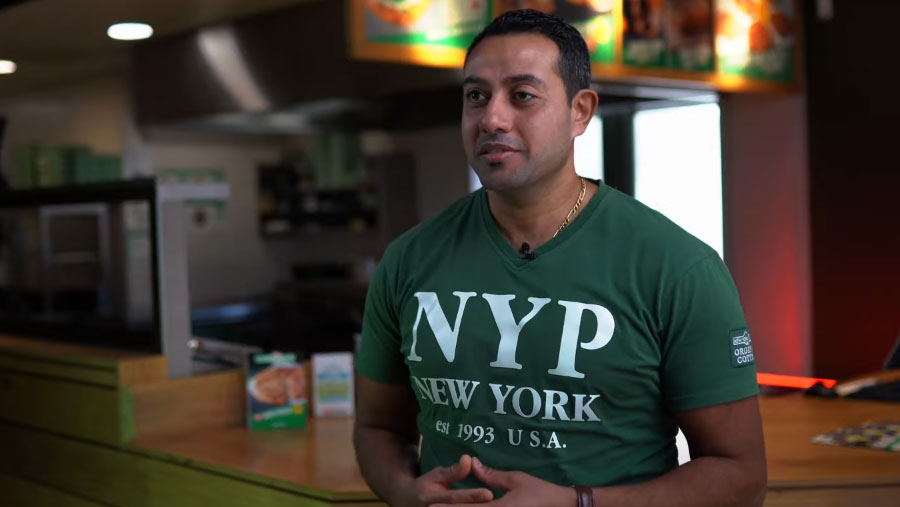Jakarta –
Bodies wrapped in saffron colored cloth floated slowly among the weeds that filled the banks of the Ganges. The sight is a reminder of how India’s hospitals and crematoriums have been overwhelmed by the surge in the number of Covid-19 patients.
The government admits that many families let their bodies float in the holy river because they can’t afford funeral or cremation fees. Some buried the bodies of family members in shallow holes on the banks of the river.
The phenomenon was exacerbated by the rainy season, which doubled the speed of the river’s current, and washed away the bodies.
The city government of Allahabad, one of the holiest Hindu cities, noted it had cremated as many as 150 bodies found floating in rivers in the past three weeks.
But local residents believe the number of bodies floating is much higher. Soni Chandel, a boat driver who works in a crematorium on the banks of the Ganges, said he was used to seeing families throw bodies into the river.
“It’s sad to see poor people bury their family members in such an undignified way,” he said. “But rising river levels are making the situation even worse.”
“There is a fear if my boat or oars hit human bodies in the river,” he said.
Pollution is a threat to health
Other religious sites in northern India, such as lower Varanasi, have suffered the same fate. Local residents are worried that the bodies will further pollute the Ganges water, which is already dirty under normal conditions.
“This pollution can trigger outbreaks of dangerous diseases,” said Dipun Kumar, a resident on the riverbank. “The government has to do something or make a plan,” to deal with it.
The Ganges River has also become the epicenter of the explosion of corona infection cases in India, when it hosted the Khumb Mela Festival, last April. At that time millions of pilgrims filled the river and underwent a ritual bath.
As a result, India experienced the highest flow of infections in the world, with daily infection rates exceeding 300,000 cases. Hospitals exploded, patients died while waiting in line for oxygen, and the crematorium was lined with bodies waiting to be burned.
Local residents said the funeral costs ranged from USD 100 or around Rp. 1.4 million. This is increasingly burdening poor families who have lost their jobs due to the pandemic.
Police and local disaster management agency officers are now patrolling the river to search for bodies. The government also sent a number of ships to collect the bodies. However, the rainy season is claimed to complicate the work in the field.
“The current was very strong. We had a hard time retrieving bodies from the water,” a local police officer told AFP.
rzn / pkp (afp, ap)
(ita / ita)
– .


